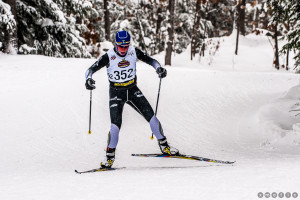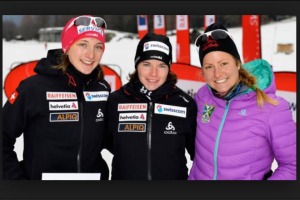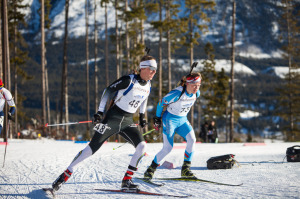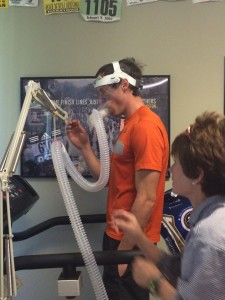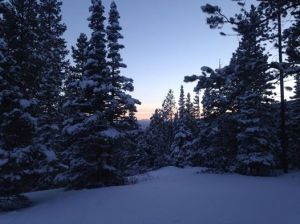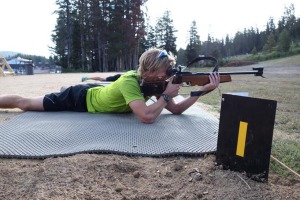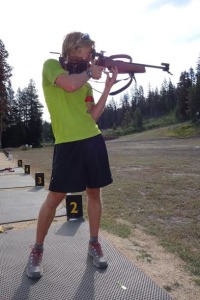Far West Elite XC Team Raise the Racing Bar at US Nationals
Silver Sage sponsored and Far West Elite Team member, Emily Blackmer recounts her recent US National race campaign…
Spencer and I spent the first week of January representing the Far West Elite Team at U.S. Nationals, hosted by Michigan Tech University in Houghton, Michigan. Nationals is a four-race series: a 10/15k individual start skate race, a classic sprint, a 20/30k mass start classic race, and a skate sprint. It was quite the week: the daytime temperature averaged about 5 degrees (before wind chill), the thermometer spent a single afternoon in double digits, it snowed over two feet, and I hardly saw a single ray of sunshine.
Racing in these conditions is tough. It’s difficult to warm up before a race, much less stay warm while out there in a race suit; the cold air hurts—and can even damage—your lungs; and cold, accumulating snow is so slow that races take longer than usual, and you have to keep pushing through sections of the course that might otherwise be counted on for recovery.
So, we had to adjust our preparation, tactics and recovery accordingly. First and foremost: layers upon layers upon layers. Most days I wore my down jacket for the first 10 minutes of my ski, because the cold sucks away body heat so quickly that it becomes difficult to get the system going. We also added a few extra minutes onto our race warm up to give time to change into as many dry layers as possible before actually racing: sweat can be dangerous in that weather. While we never ski much during an big block of racing, our training days were even shorter than usual, because the cold is so draining: one day I skied for grand total of 20 minutes. And of course, we ate enormous quantities of food to compensate for the extra calories expended on staying warm.
To add one more complication, we were also racing at low elevation. This can be a pretty big change after training around 7000 feet. On the one hand, you feel like a superstar: “I can recover so quickly after hammering up this hill!” But on the other hand: “My legs HURT.” Racing at altitude, you’re inclined to feel the cardiovascular effort first, and by the time your legs are flooded, it’s often too late to bring the effort back under control. At sea level, the legs will turn to jelly but you can keep pushing the cardiovascular system. Additionally, you can achieve and sustain greater speeds at low altitude, because your body simply doesn’t need to work as hard to go fast. So it’s a mixed bag, coming down from altitude: you can recover more quickly, but you are not accustomed to skiing at the speed or pace that your sea-level competitors are. In a race, this means push hard, push hard again, and then push harder. I was caught off guard in the first races of the week, and I think I just didn’t ski hard enough or fast enough to achieve the results I was looking for. But hopefully, lesson learned – our next big race series is in Vermont, another low elevation venue, and I’m already excited to put this experience to good use!

